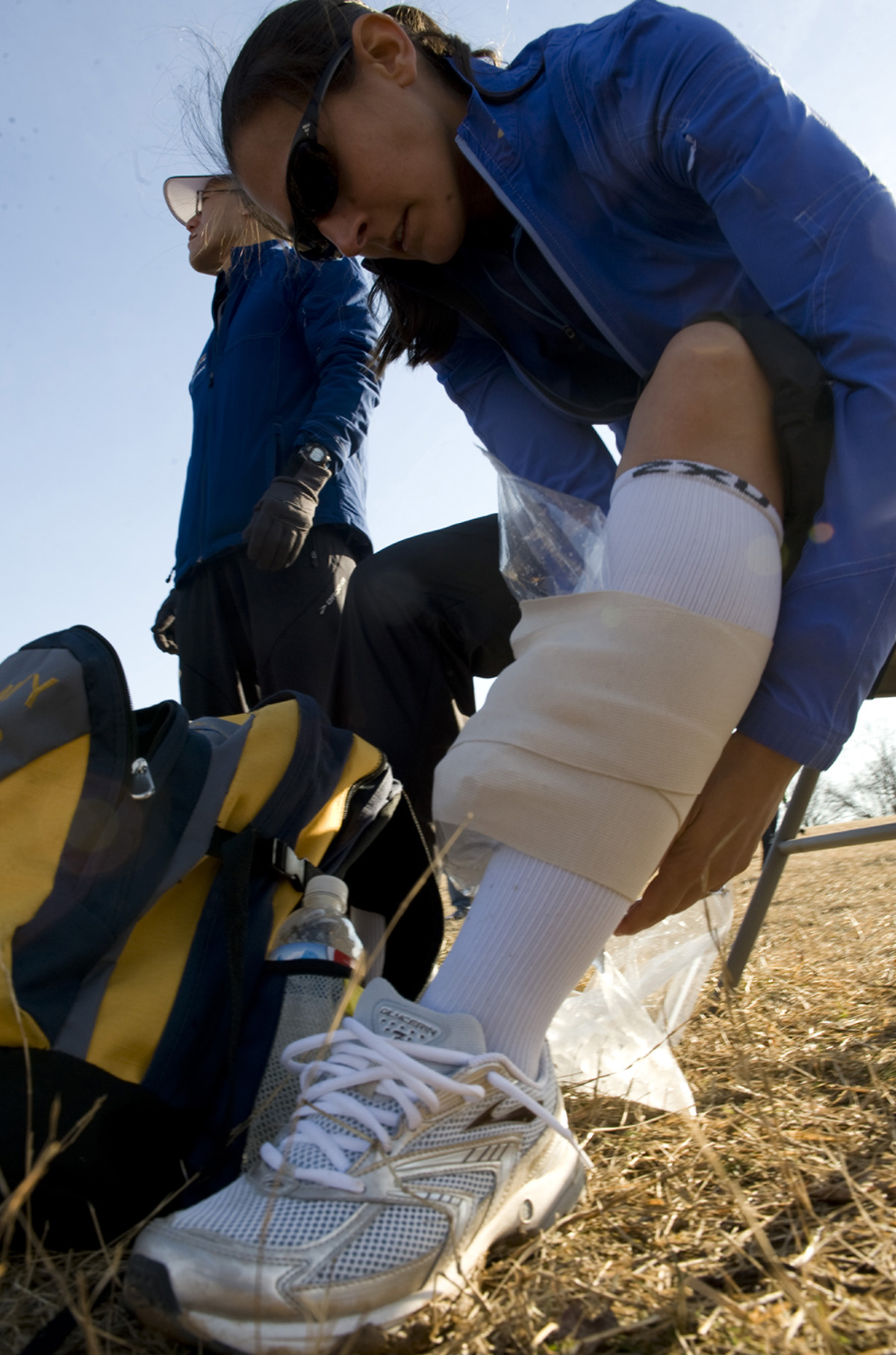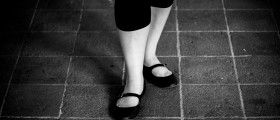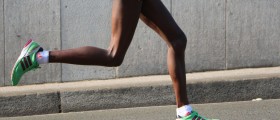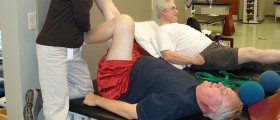
Shin splints are a medical term that refers to medial tibial stress syndrome. This is very painful and slow healing condition. It is generally caused by certain physical activities such as running, jumping, dancing etc especially if they are performed vigorously. The very condition may include muscle pain, muscle strain and sprain, inflammation of the structures around the shin, tendinitis and stress fractures.
The most prominent symptom of shin splints is pain. It affects the outer leg and is located below the knee. Taping shin splints is one of the most effective ways to alleviate the pain. It also minimizes the chance of further damage to the affected tissues.
Taping Techniques for Shin Splints
The pain associated with shin splints may be localized in the back of the leg, at the front of the leg or on the sides of the leg. In case of minor shin splints the desirable results can be achieved with taping shin splints. There are several techniques for shin splints and the most common include lateral taping shin splints, longitudinal arch taping shin splints, anterior taping shin splints and combination taping shin splints.
The goal of lateral taping shin splints is to reduce pain at the sides of the shinbone. The technique includes wrapping the tape around the back of the leg and inside the ankle. Longitudinal arch taping shin splints can effectively reduce the stress of the shinbone. This is achieved with the support to the foot arch. Anterior taping shin splints are highly effective in alleviation of the pain in the front part of the leg. And finally, combination taping shin splints is a mixture of any of the previously mentioned techniques.
Kinesio Taping Shin Splints
Kinesio tapes are considered the best option for taping shin splints. Even though these tapes are available in almost every market it is essential for a person to know how to use them i.e. to learn a proper technique for taping shin splints with kinesio tape.
The leg is supposed to be stretched and the toes pointed. A rounded piece of tape is placed on the most painful location. The person is then supposed to take two straight pieces (6-inch long) of kinesio tape and place it right above and below the center piece of the rounded piece of tape. What follows is wrapping of the leg with an 18 inch long piece of kinesio tape. The top of the foot is wrapped first and the wrapping moves towards and around the perimeter of the leg and under the foot arch. Finally, the kinesio tape is secured with the duct tape.
Prior applying any of the previously mentioned techniques one is due to consult a physiotherapist who will decide whether the patient is supposed to use these techniques and if they are recommended to be taught how to apply them.

















Your thoughts on this
Loading...